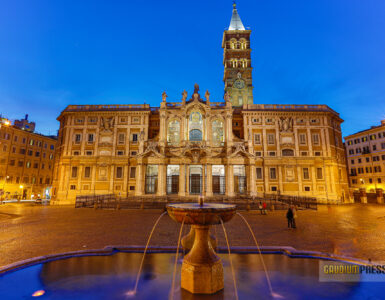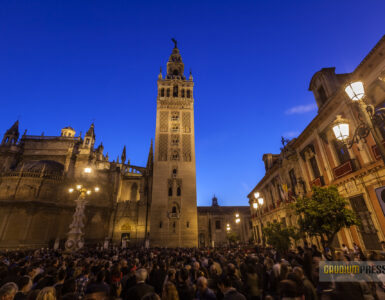The Mount of Olives is a multi-summit limestone ridge lying East of the Old City of Jerusalem, beyond the Kidron Valley. Its name derives from the olive groves that once covered the land. The location’s prominence in biblical times deems it a sacred place for Christians and Jews.
Ancient Burial Grounds
Located on the mount’s western slope is a Jewish cemetery holding 150,000 graves, which has been here for over 3,000 years. The mount has been used as a burial location for Jews since biblical times, including the burial location for some of the most prominent biblical kings.

The Value of the Olive Trees
There were not always olive trees growing at the Mount of Olives. In the open areas between the trees, various species of prickly Mediterranean and desert vegetation grew, among them the Prickly Burnet and the Prickly Alkanet.

The thorny shrubs of the Mediterranean sub-arid undergrowth were replaced with almond, fig, and olive trees for consumption and industry. Among the olive trees which gave the mountain ridge its name are some more than a thousand years old, situated on the western slope.
The olive trees not only bestowed beauty on the Mount of Olives landscape. They also held great economic importance.

According to tradition, these olive trees were used for religious rituals and lighting oils in Jerusalem’s royal and holy institutions. The sacred “anointment oil” gave the southwestern portion of the mountain its name, the “Mount of Anointment.” Today the trees grow sparsely on the mountain ridge.
A Home to Remarkable Landmarks

The Tombs of the Prophets, the Catholic Church of Dominus Flevit, and the Russian Orthodox Church of Mary Magdalene are found on the Western slope of the mount. Tourists should also visit the base of the Mount of Olives, where the Garden of Gethsemane and the Church of all Nations are located.

The Mount of Olives is frequently mentioned in the New Testament. From here, Jesus entered Jerusalem on the day that Christians regard as Palm Sunday.
The Mount of Olives was also a site for religious Jews making pilgrimages, as it overlooks the venerated site of the Temple Mount and offers one of the best views to this day.
Visitors can travel to the highest peak of the mount, commonly called Mount Scopus. It sits 2,694 feet [820 metres] above sea level to capture photographs of the breathtaking scenery below.
Other significant landmarks found on the Mount of Olives include the Augusta Victoria Hospital with the Lutheran Church of the Ascension and the iconic 50-meter bell tower. There is also the Russian Orthodox Church of the Ascension with its tall and distinctive white bell tower, the Chapel of the Ascension, the Church of the Pater Noster, and the Seven Arches Hotel.
A Biblical Treasure

The Mount of Olives is frequently mentioned in the New Testament. From here, Jesus entered Jerusalem on the day that Christians regard as Palm Sunday. Two days before the Crucifixion, in His Olivet Discourse, He foretells Jerusalem’s destruction and the end of the world. Located at the base of the Western Slopes of the Mount is the sacred site of the Garden of Gethsemane, where Jesus prayed in agony before He would endure his sacred passion. Finally, after the Resurrection, Jesus is said to have ascended into heaven from the Mount of Olives.

_____________
Tips for Visiting
The Mount of Olives is open during the following times: Sunday-Thursday 9:00am- 5:00pm
The Information Center is closed on Fridays and Holiday Evenings
How to get there: Visitors can walk from the old city of Jerusalem to the mount, or get a bus. Those choosing to walk should depart from St Stephen’s Gate (also known as Lion’s Gate) – it is a 2.1 KM walk from here, which should take approximately half an hour.
Also, consider joining the Jerusalem Mount of Olives and Temple Mount Tour which departs from Jerusalem and Tel Aviv every Wednesday.
What to Pack:
Sunscreen, hat, and sunglasses for sun protection are imperative, and a water bottle to stay hydrated is a must.
It is important to be prepared for rainy weather by packing a Rain jacket, poncho, or umbrella.
Comfortable shoes with optimal foot protection are also critical when hiking the rocky ridge of the Mount of Olives.
Appropriate layers of clothing should also be packed, as many religious sites enforce strict dress codes
Surrounding Highlights
Pater Noster Church – Site where Jesus taught His disciples The Temple Mount
Augusta Victoria Hospital
Chapel of the Ascension
Recommended Sites
Israel Tourism – Garden of Olives





















Add comment